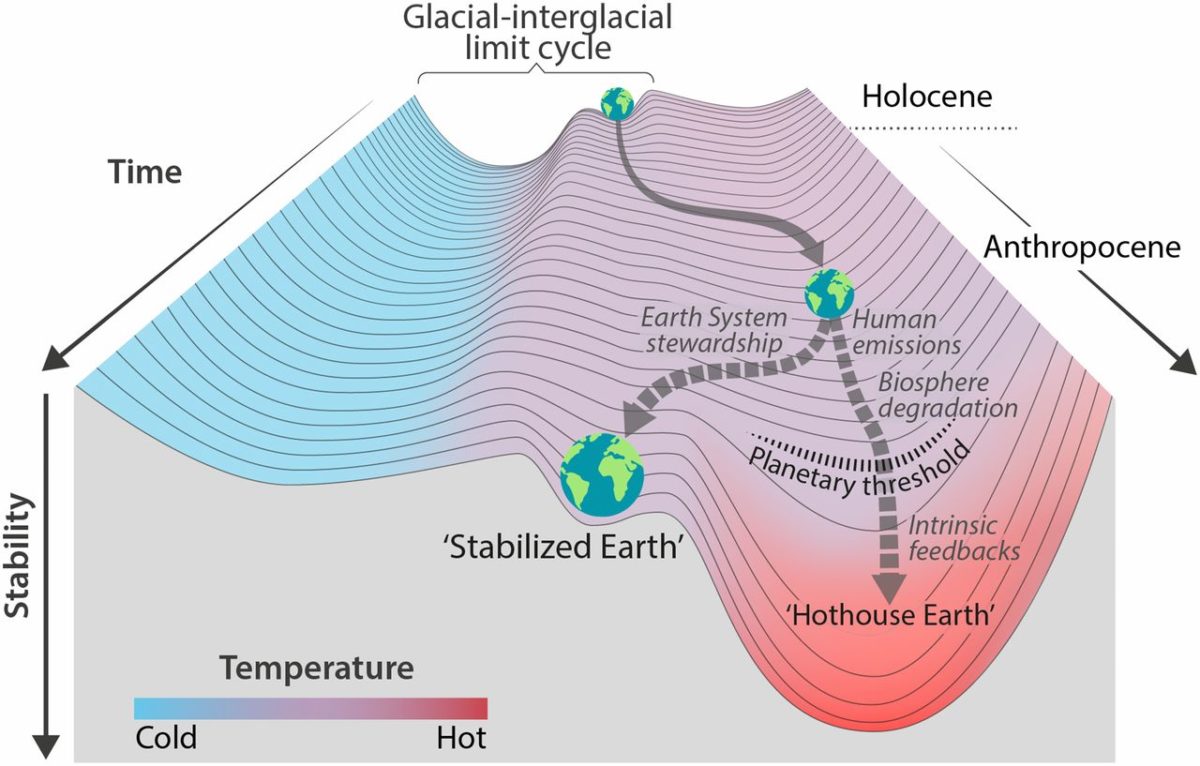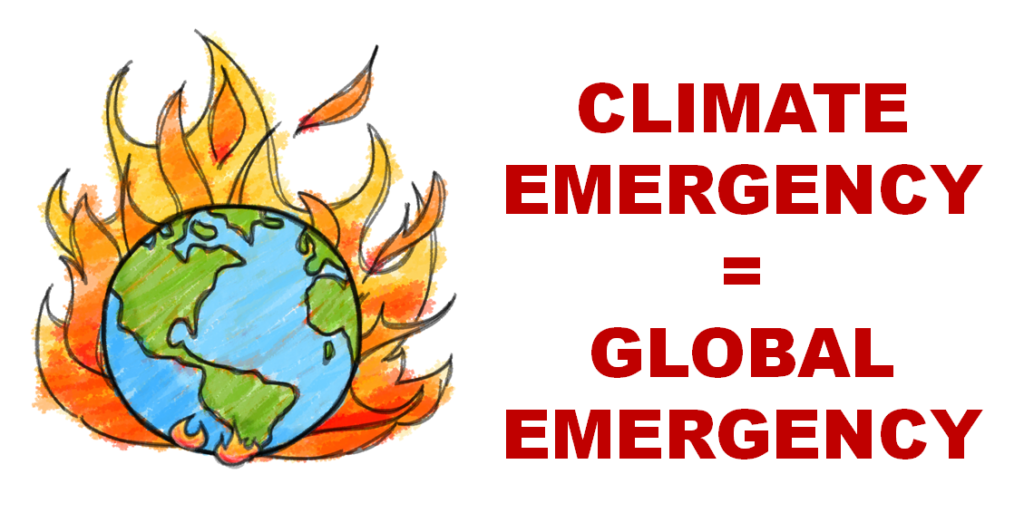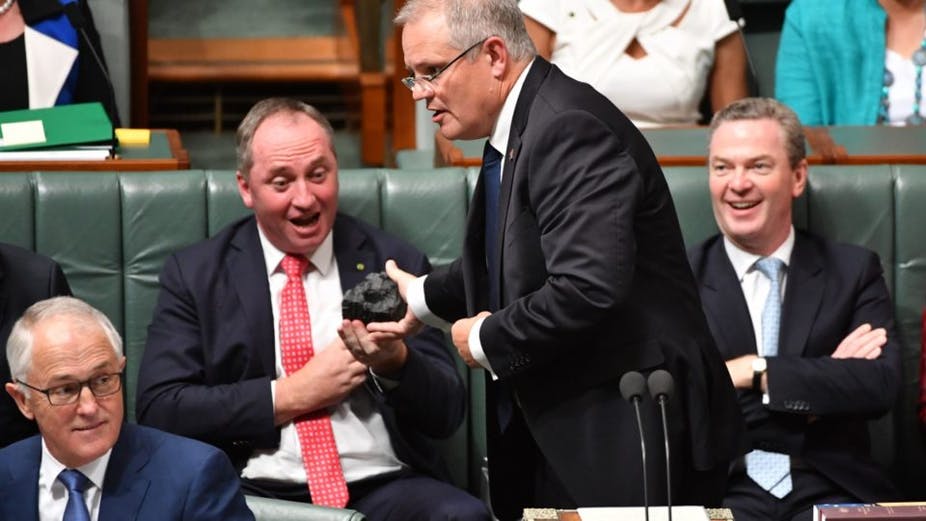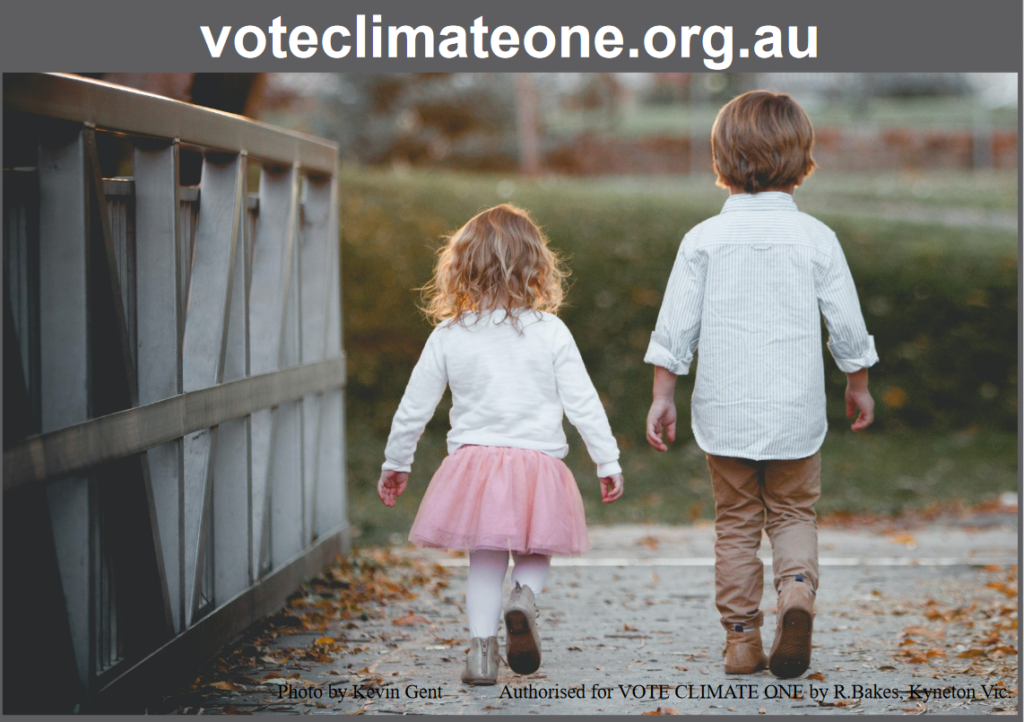We’re racing down “highway to climate hell” (UN Chief)
UN Chief, Antonio Guterres warns world leaders at COP 27 summit that nations must cooperate or face “collective suicide” from climate change.
Guterres pulled no punches in his opening address to heads of state and other national leaders attending the climate summit: “Humanity has a choice: cooperate or perish,” “It is either a Climate Solidarity Pact or a Collective Suicide Pact,” he added…. “We are on a highway to climate hell with our foot still on the accelerator,”

by Laurent Thomet and Kelly Macnamara, 7/11/2022 in PhysOrg/Earth/Environment
World risks ‘collective suicide’, UN chief warns climate summit
The UN’s chief warned Monday that nations must cooperate or face “collective suicide” in the fight against climate change, at a summit where developing countries reeling from global warming demanded more action from rich polluters.
Nearly 100 heads of state and government are meeting for two days in Egypt’s Red Sea resort of Sharm el-Sheikh, facing calls to deepen emissions cuts and financially back developing countries already devastated by the effects of rising temperatures.
“Humanity has a choice: cooperate or perish,” Guterres told the UN COP27 summit.
Read the complete article….
In his own words:
These are no empty words — Guterres is reporting on what the best science available to us we must do to avoid the highway to climate hell
Supporting Guterres’s stark warnings is a vast array of physical evidence (i.e., satellite and direct measurements) on climate change and theoretical modeling. This shows beyond any reasonable doubt that humanity is indeed accelerating down the “highway to climate hell”. Some of this evidence was reviewed in David Spratt’s series of articles in Climate Code Red, beginning in January. Those articles and my contextual comments covering them discussed some of the tipping points we may be passing on our progress towards the point of no return where positive feedbacks in Earth’s climate system.
The featured image in the present post and in my seven posts on the Spratt series is from a 2018 article by Steffen et al. in the prestigious science journal, Proceedings of the National Academy of Sciences (PNAS), “Trajectories of the Earth System in the Anthropocene“. The image is a highway map showing the alternative roads: to “climate hell” and suicide, or to planetary stewardship and survival on a “Stablized Earth”.
The “Trajectories” paper identifies various tipping points in the climate system where intrinsic temperature-related positive feedbacks would continue driving global temperatures higher when global warming reached those points. If the warming is not stopped, a “planetary threshold” (i.e., ‘point of no return’) will soon be reached where the intrinsic feedbacks become so strong that nothing humans could plausibly do would stop global temperatures being pushed high enough to produce a “Hothouse Earth” and global mass extinction (including humans). Fig. 1 (below) and the featured image provide a map illustrating how humans might be able to divert the evolution of our climate away from the heat driven highway over the planetary threshold (point of no return) where societal collapse and extinction becomes more-or-less inevitable.
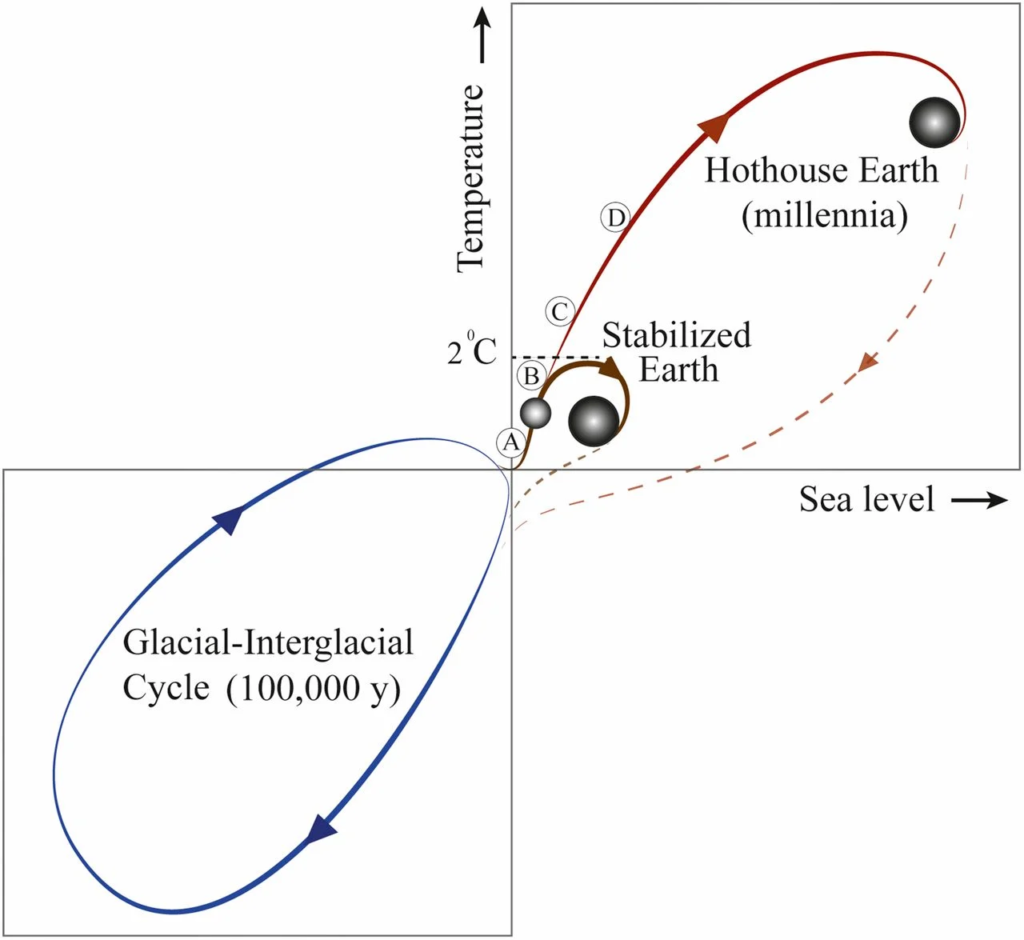
As Guterres said, if we act soon enough and with enough vigor to stop carbon emissions and do whatever else is necessary, we may be able to find the left turn off the highway to climate hell. By being good stewards of our limited resources we may be able to find our way along the less probable road to a “Stabilized Earth” where Earth’s climate can return to the kinds of tolerable conditions humanity evolved and flourished in. After 45 years of hiding from the problem and allowing it to become progressively worse, saving our species from the highway to hell will take global mobilization of a monumental effort.
Otherwise, If we continue with business as usual supporting our fossil fuel puppet masters, the highway to hell will inevitably take us over the cliff to our doom. We have a choice. “Cooperate or perish”.
What must we do?
In Australia our present governments are still at least partially in league with the fossil fuel industry. Science tells us that we must stop all carbon emissions as fast as we possibly can. Yet all of our governments continue various subsidies for the industry, allowing them to continue developing new projects, trying to extend the life of coal-fired generators and selling cheaply produced natural gas (even in the states where it is produced) for some of the world’s highest prices to make astronomical profits for mostly foreign owners. Most of these schemes were perpetrated under COALition governments, but today’s national and Victorian Labor governments continue to support them.
We need to work to ensure no major party/coalition can achieve government without Greens and/or climate friendly community independents in the balance of power. This was achieved by one vote in the Senate (the ACT’s David Pocock). In Victoria, Labor’s Dan Andrews enjoys a presently dictatorial lead over a Liberal/National Party coalition. If we are to achieve the kinds of sweeping climate goals we need, Community oriented climate activists are going to need to be elected in both COALition and Labor Party held seats. Vote Climate One’s Climate Lens is designed to help you select climate friendly and trustworthy candidates, and to use Victoria’s preferential voting scheme most effectively to give your selected candidates the best opportunities to win the seat.
Using our Climate Lens in Victoria
In Australia, states probably have more capacity for effective climate action than the national government. Victoria’s upcoming state election should be an election focused on the only issue that really matters, climate.
The Victorian ballot is far too complicated and is deliberately designed to keep all the power in the hands of whichever major party is in the majority.
Vote Climate One emerged to help people cope easily with complex ballots to focus on electing the kinds of candidates who we think can be trusted to legislate and lead effective climate action. We do this in two major ways: using our Climate Lens help you assess who is pro climate vs those who are not; and using Climate Sentinel News’s searchlight to highlight and explain the facts that show why climate change is so dangerous and climate action is so important.
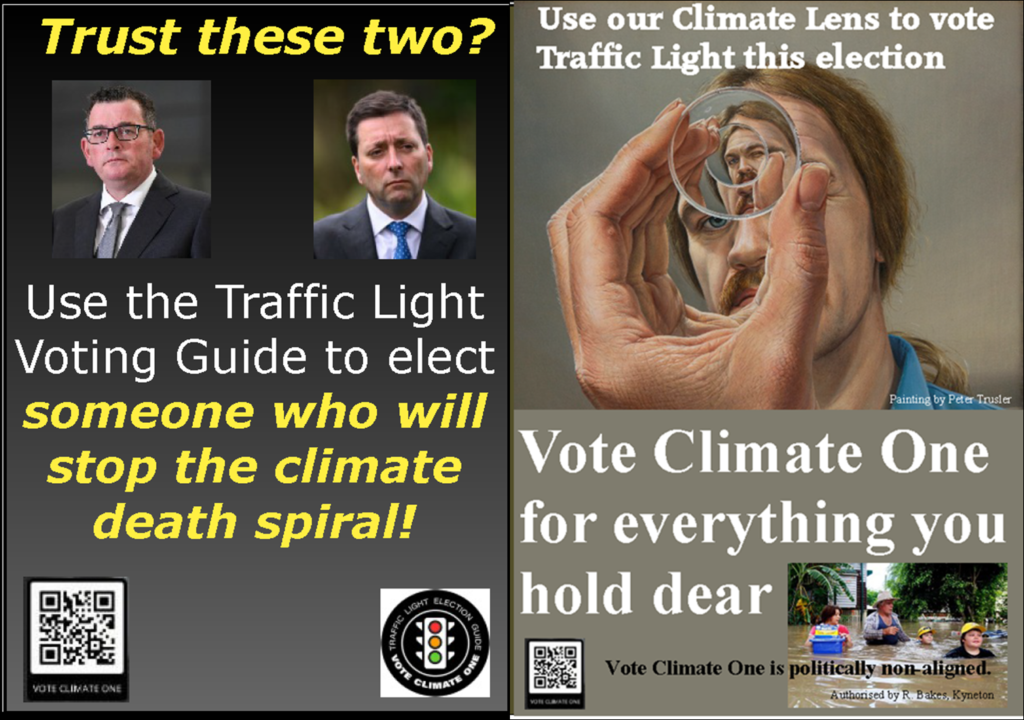
Featured Image: Stability landscape showing the pathway of the Earth System out of the Holocene and thus, out of the glacial–interglacial limit cycle to its present position in the hotter Anthropocene. The fork in the road in Fig. 1 is shown here as the two divergent pathways of the Earth System in the future (broken arrows). Currently, the Earth System is on a Hothouse Earth pathway driven by human emissions of greenhouse gases and biosphere degradation toward a planetary threshold at ∼2 °C (horizontal broken line at 2 °C in Fig. 1), beyond which the system follows an essentially irreversible pathway driven by intrinsic biogeophysical feedbacks. The other pathway leads to Stabilized Earth, a pathway of Earth System stewardship guided by human-created feedbacks to a quasistable, human-maintained basin of attraction. “Stability” (vertical axis) is defined here as the inverse of the potential energy of the system. Systems in a highly stable state (deep valley) have low potential energy, and considerable energy is required to move them out of this stable state. Systems in an unstable state (top of a hill) have high potential energy, and they require only a little additional energy to push them off the hill and down toward a valley of lower potential energy.
